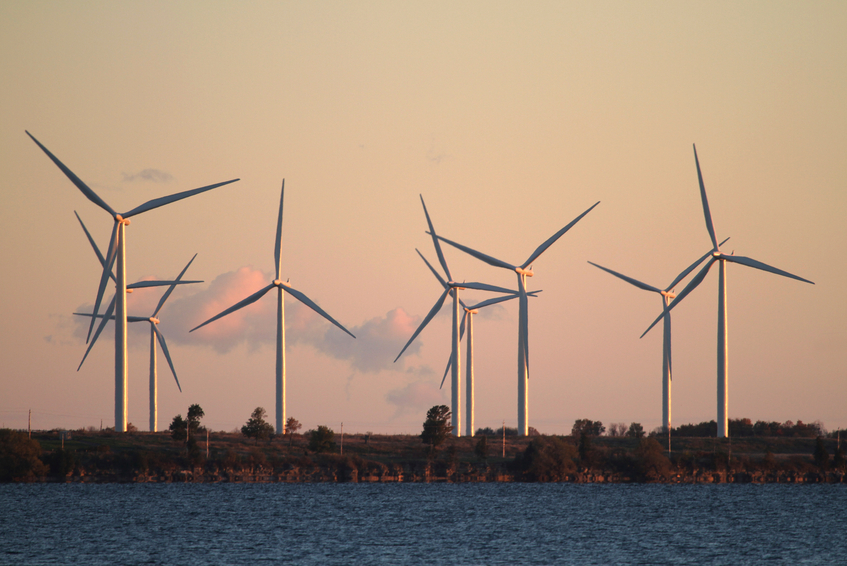Ontario has released its new Climate Change Action Plan, which Kathleen Wynne, premier of Ontario, says will provide the province’s citizens and businesses with tools and incentives to accelerate the use of clean technology that exists today.
Building on Ontario’s recent climate change legislation, the plan will ensure that proceeds from the province’s recently finalized cap and trade program are invested in a transparent and accountable way back into green projects that will help households and businesses reduce greenhouse-gas (GHG) pollution and save on their energy costs.
The Climate Change Action Plan and cap and trade program form the backbone of Ontario’s strategy to cut GHG pollution to 15% below 1990 levels by 2020, 37% by 2030 and 80% by 2050. The government will report on the plan’s implementation annually and renew it every five years.
The province also intends to link its cap and trade program with Quebec and California and expects to generate up to $1.8 billion to $1.9 billion per year in proceeds from the program. The proceeds will be deposited into a new GHG-reduction account.
The actions of Wynne’s plan include as follows:
- Establishing a green bank that would help homeowners and businesses access and finance energy-efficient technologies to reduce GHG pollution from buildings;
- Creating a cleaner transportation system;
- Halting the ongoing rise in building-related emissions by giving Ontarians more choices, incentives and tools to make the right energy choice for their homes and businesses;
- Making it easier and more affordable to deploy clean energy systems, including renewables, battery storage, advanced insulation and heat pumps;
- Supporting a carbon market that drives the lowest-cost GHG-emission reductions. Actions in this plan, supported by cap and trade proceeds, will help business and industry make investments that reduce GHG pollution;
- Working in partnership with First Nations and Métis communities to address climate change, with actions guided by Traditional Ecological Knowledge, and helping to build capacity in these communities to participate in the economic opportunities that may arise;
- Building on progress and acting on opportunities to make government operations carbon-neutral; and
- Ensuring that natural, agricultural and forested lands are used in ways that are efficient and sustainable.
According to the Canadian Wind Energy Association (CanWEA), the continued deployment of wind energy will be integral to the success of the plan.
“With its bold Climate Change Action Plan, the Ontario government continues to establish itself as a global leader in the fight against climate change,” comments Brandy Giannetta, Ontario’s regional director for CanWEA.
“Ontario, like all provinces, has the formidable challenge of addressing the immediate need to reduce carbon emissions while seizing the economic opportunities in the transition.”
These GHG-emission reductions, she continues, can be met only through “continued decarbonization of the electricity system and the subsequent use of clean electricity to replace fossil fuels across a wide variety of end uses, including transportation, buildings and industrial processes.”
Giannetta explains that the plan also determines “measures to increase the necessary focus on zero-carbon electricity production,” which includes switching to renewable sources of energy, including wind power.
“The Canadian Wind Energy Association and its members look forward to working with the Ontario government as it strives to lead Ontario and Canada toward the deep cuts in emissions needed to address climate change while strengthening the economy,” she says.




